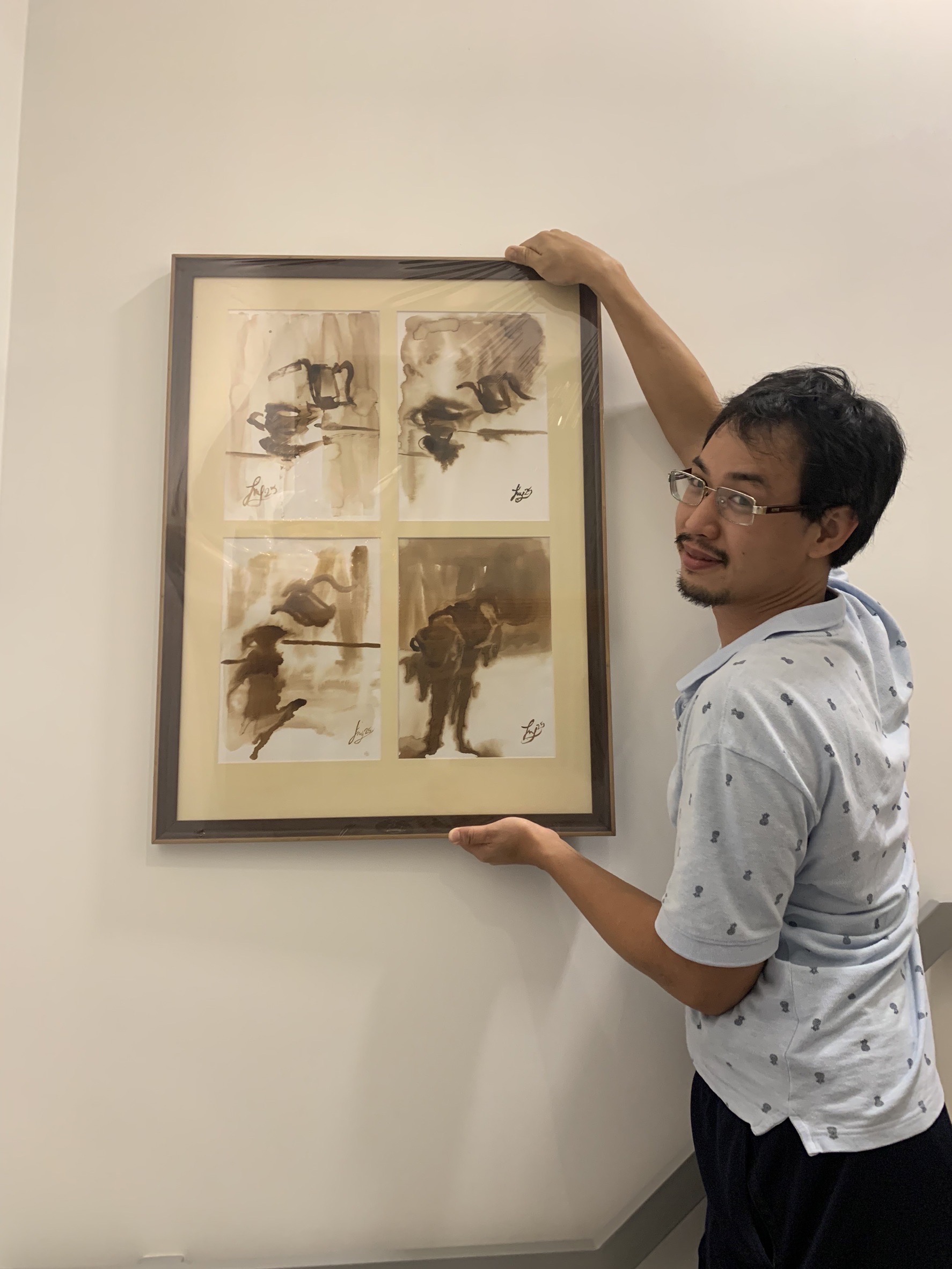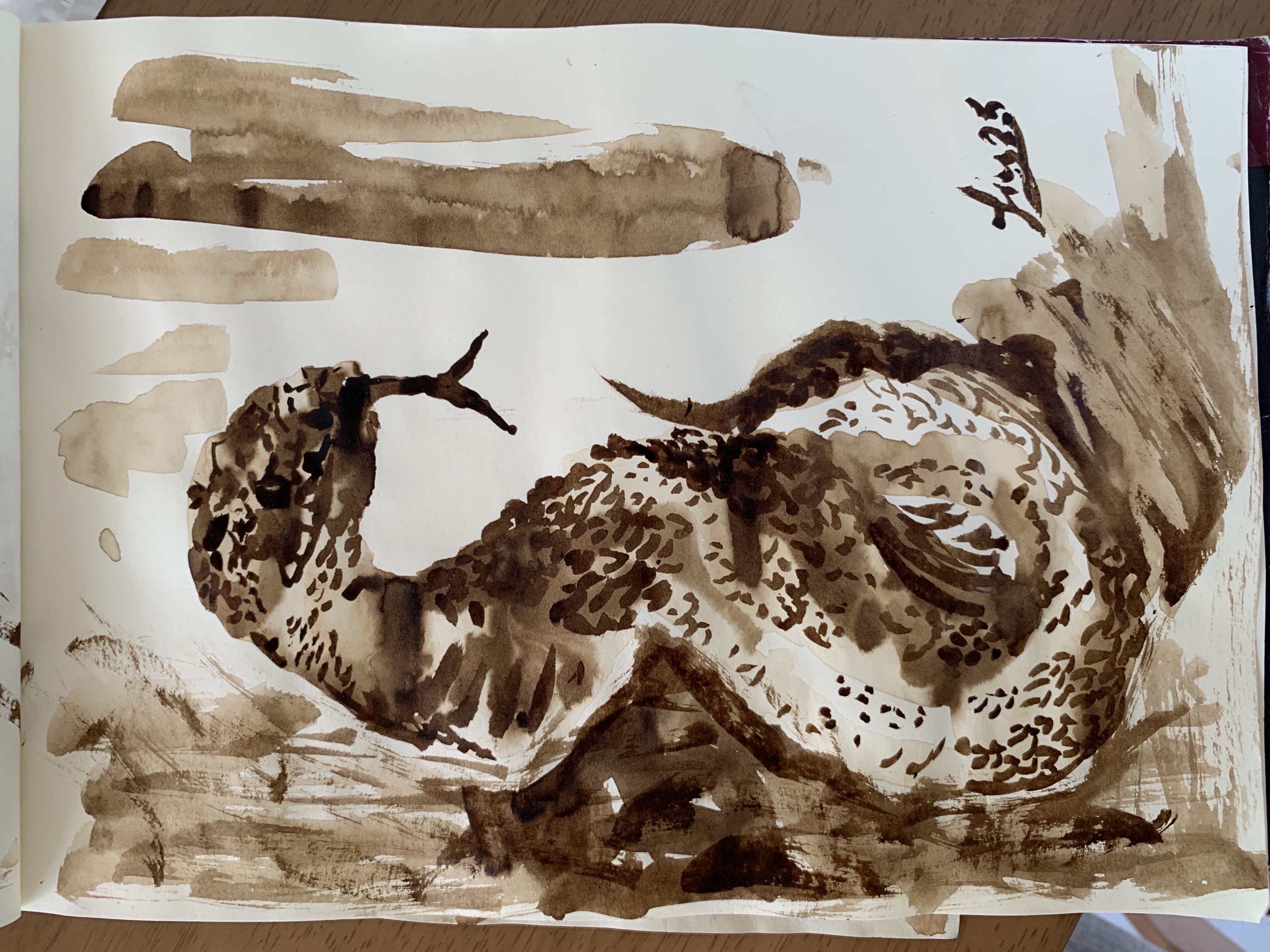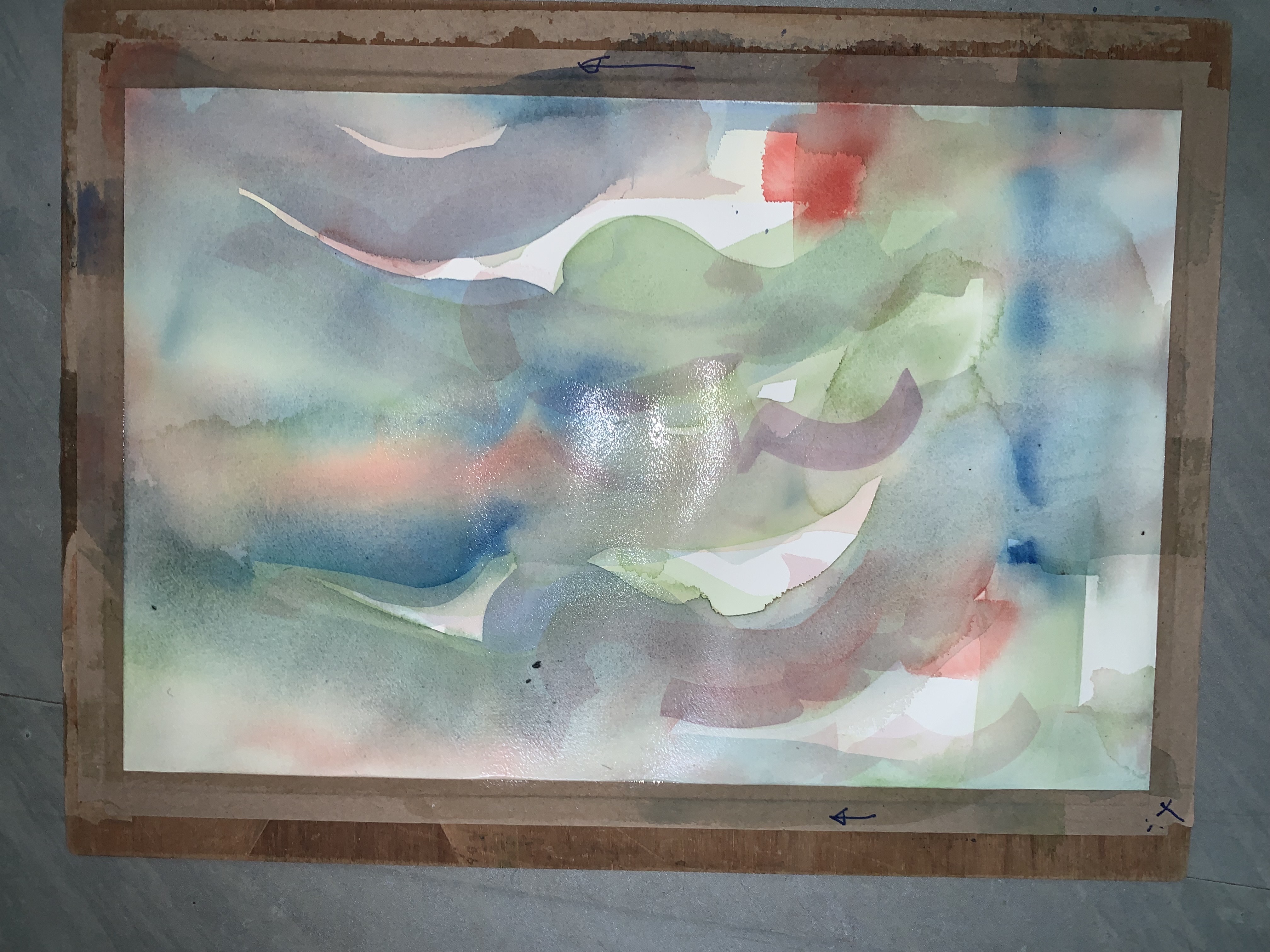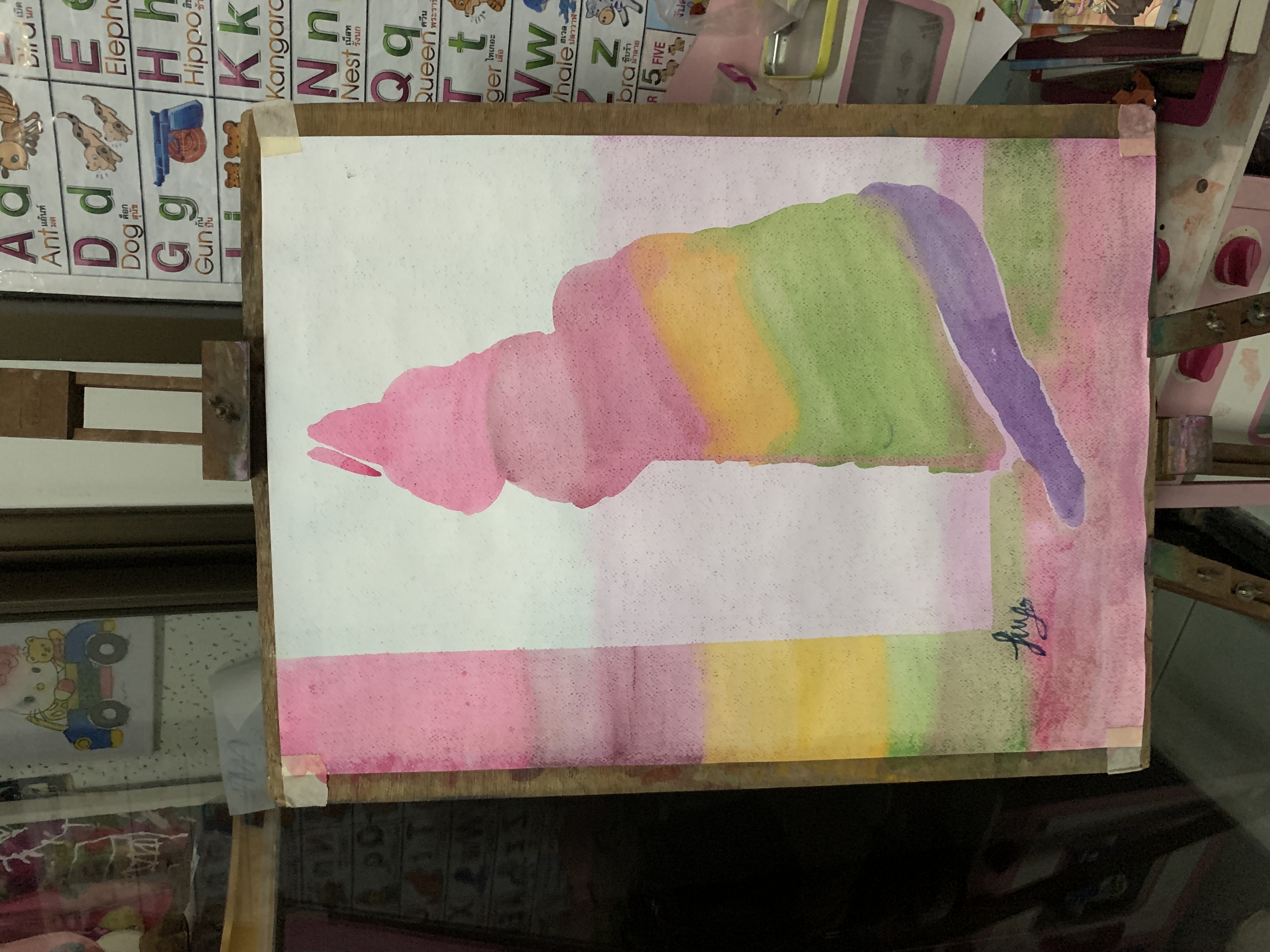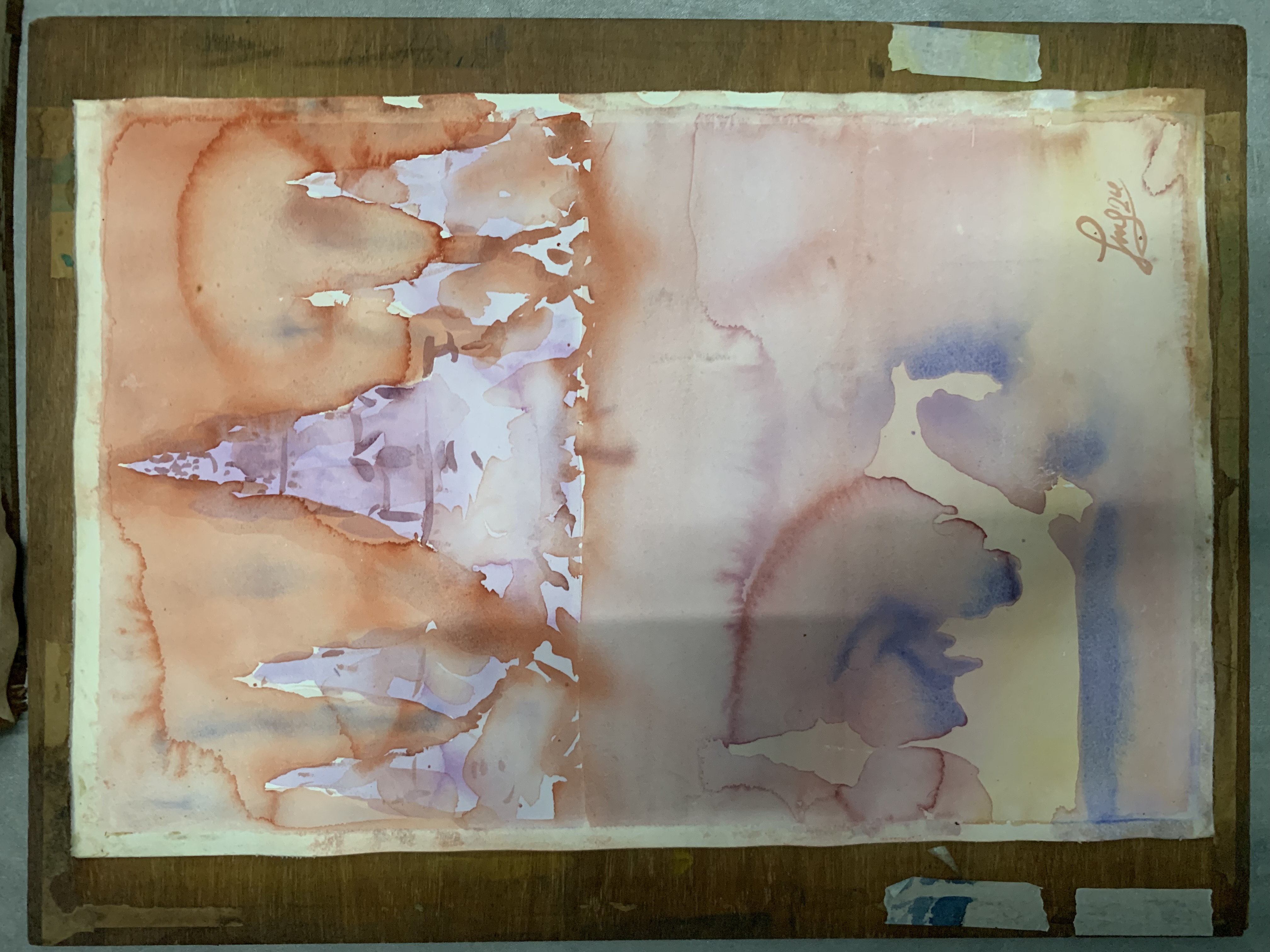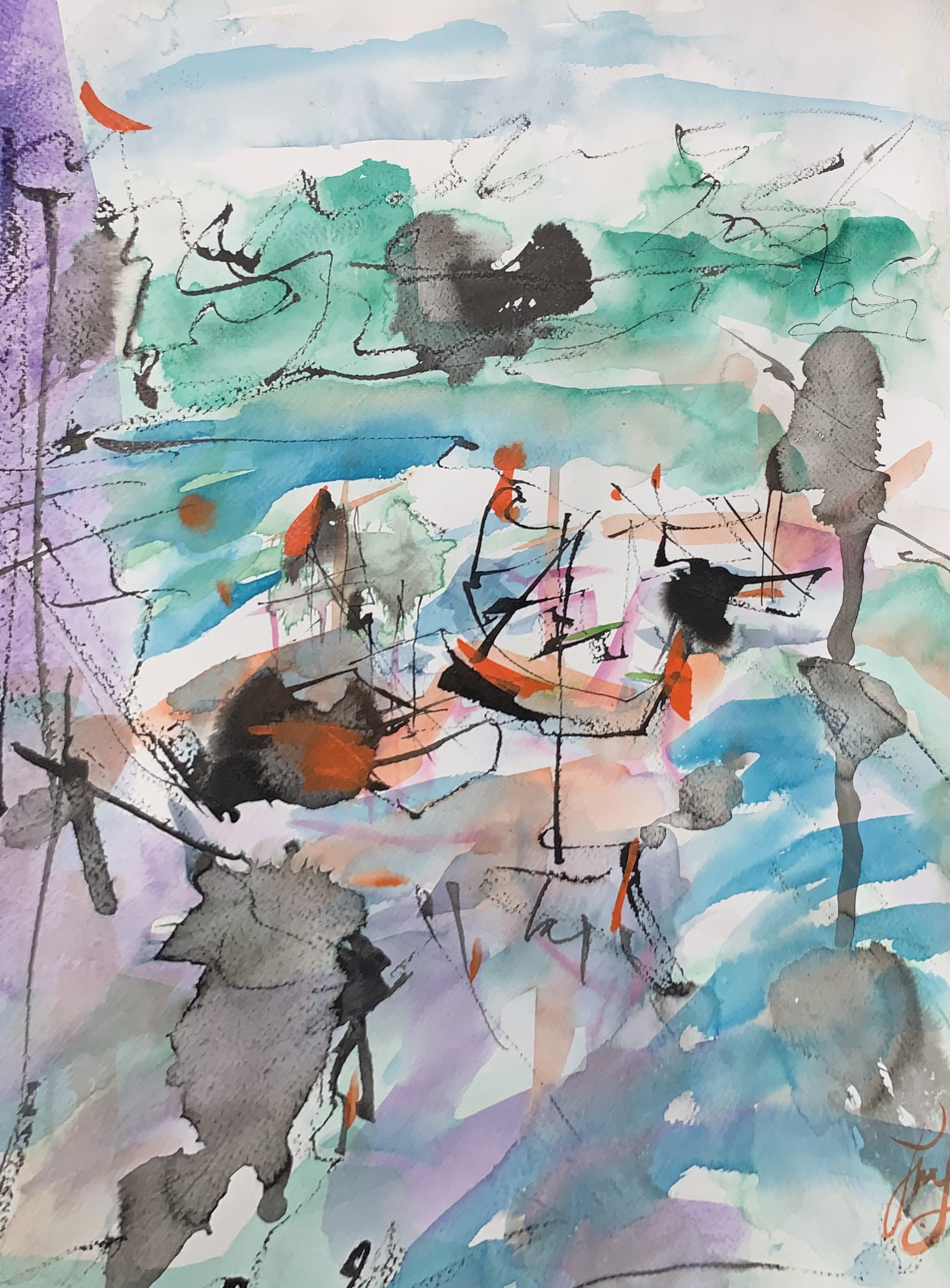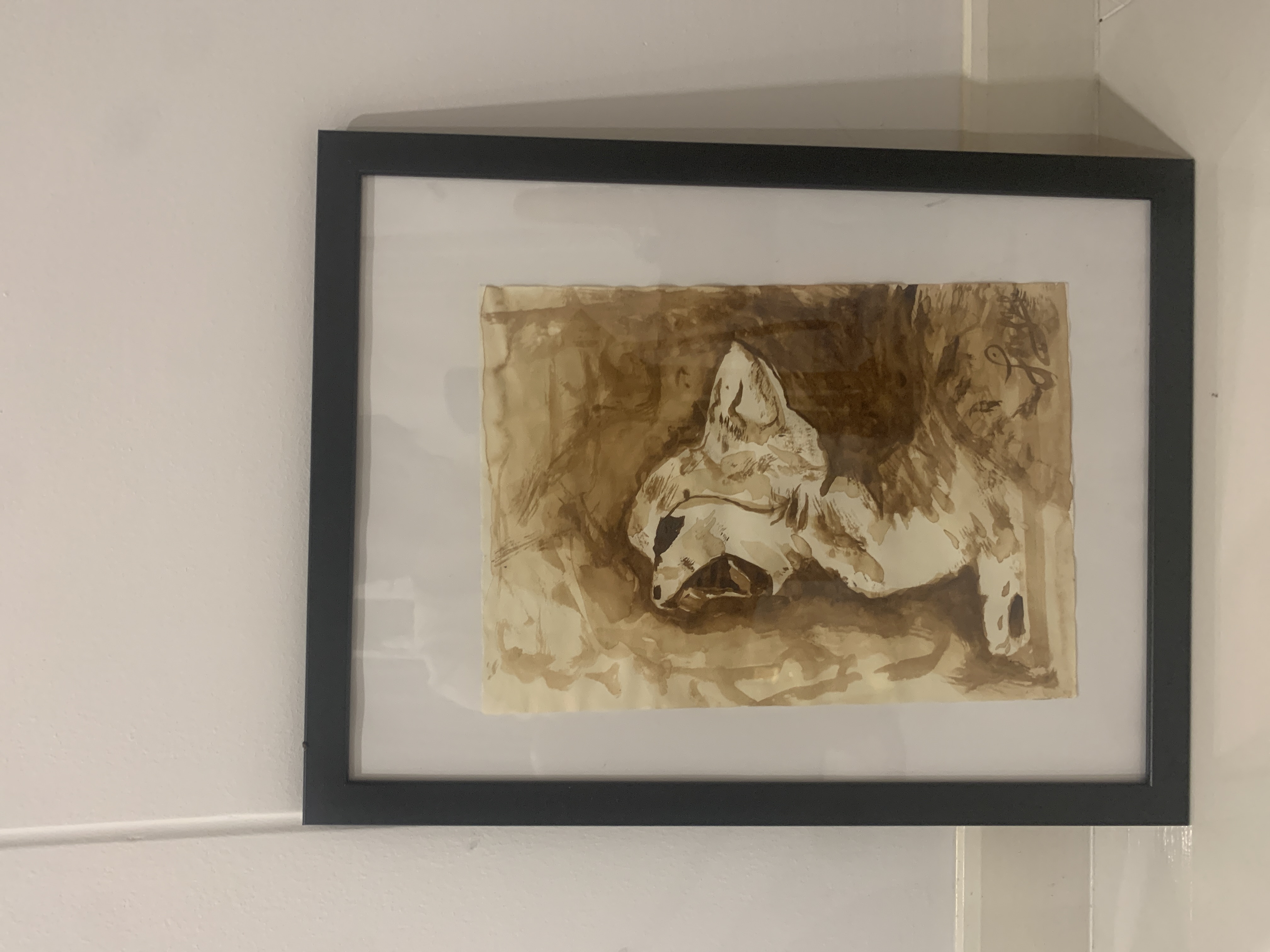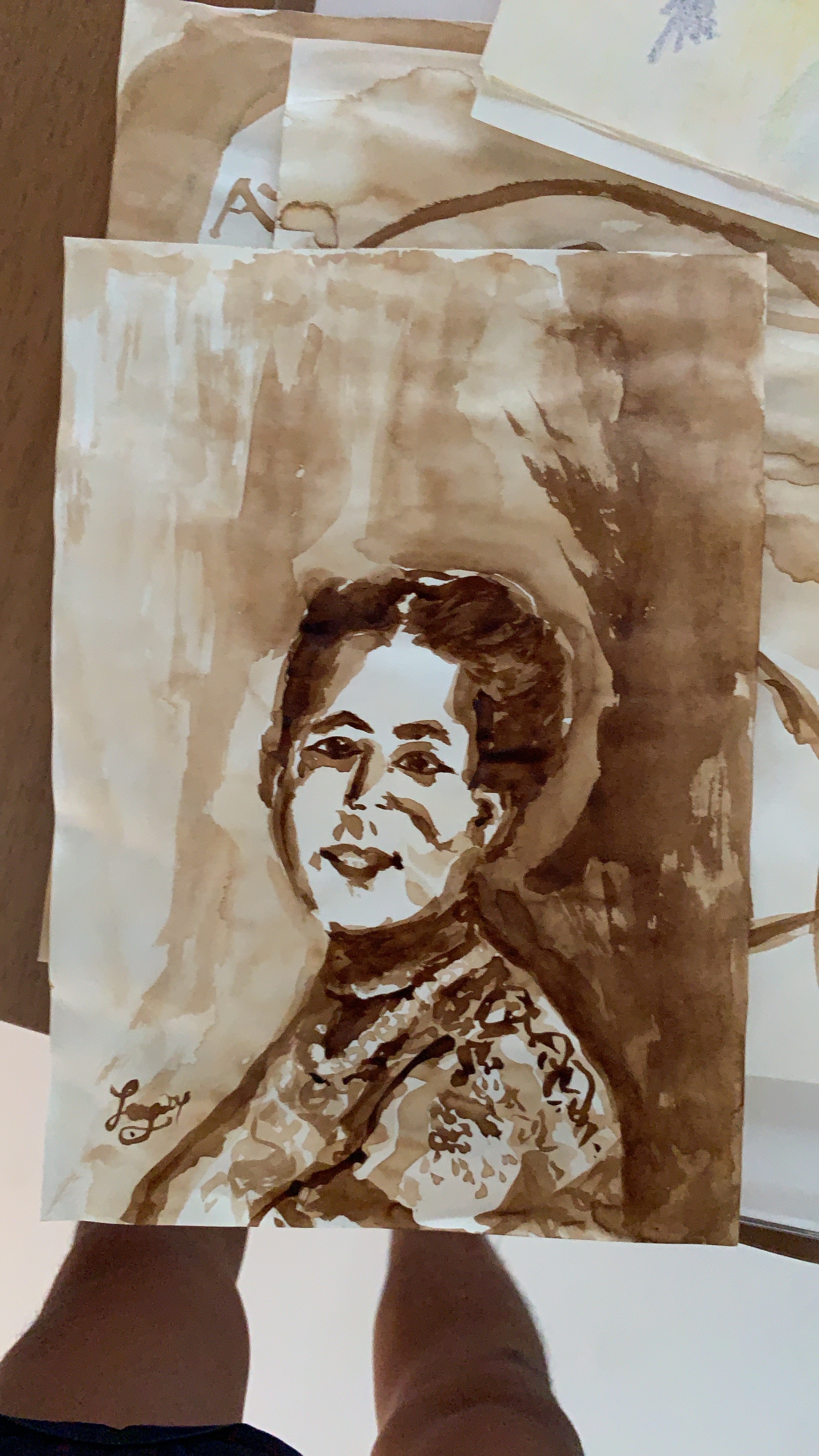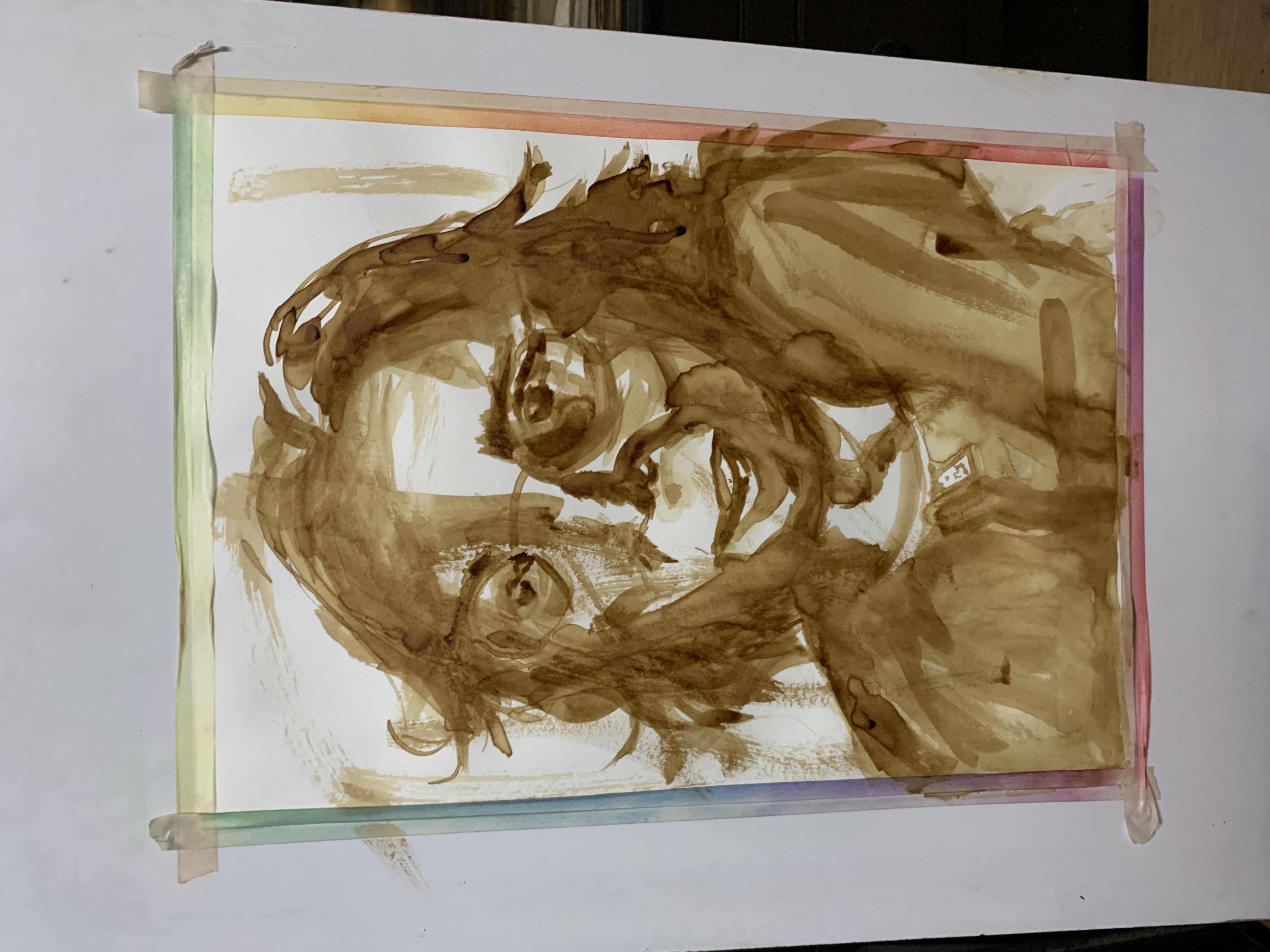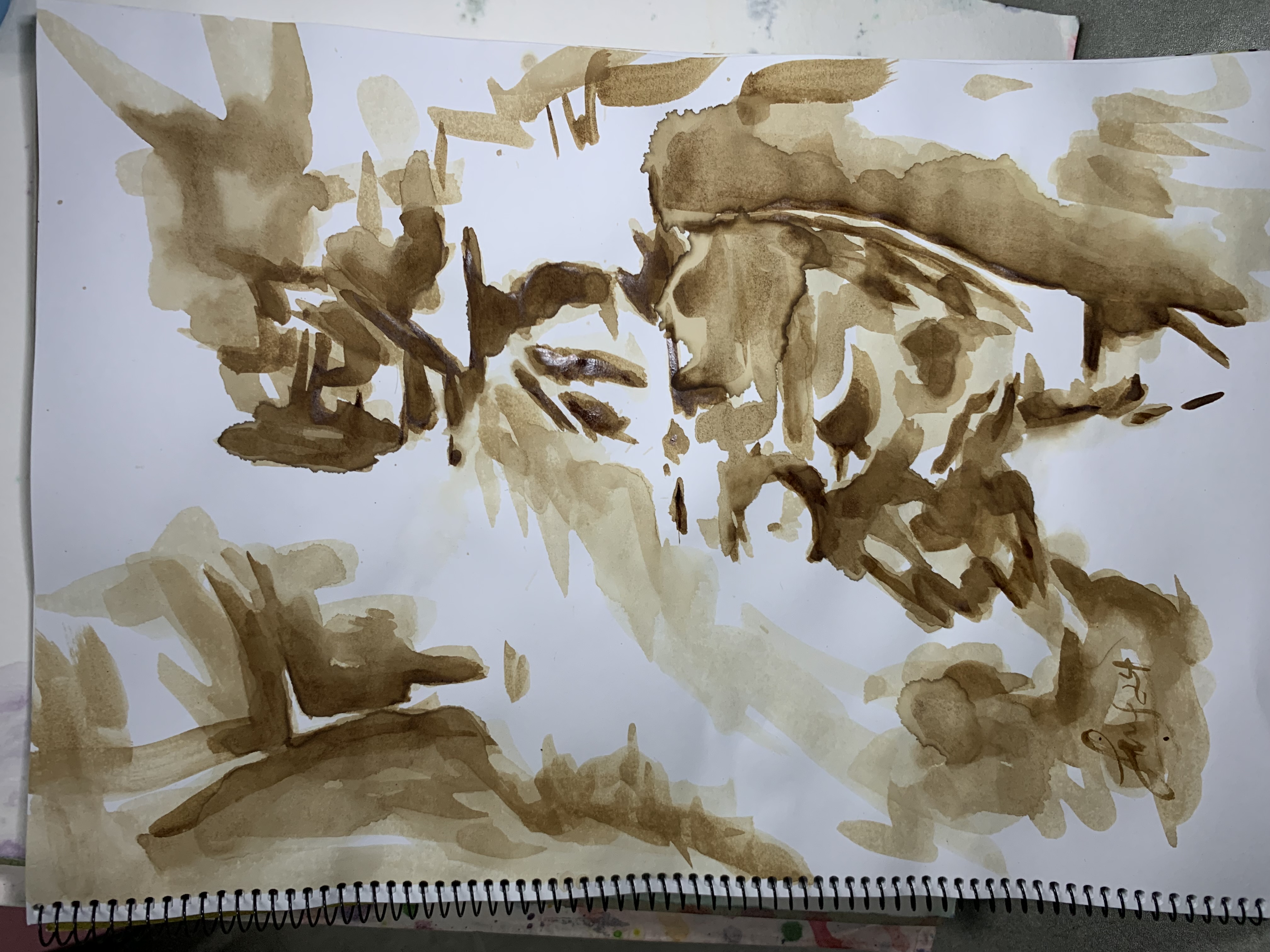Happy Lunar New Year – Learn All About This Celebration!
For millions of Asian Americans and Asian peoples around the world, the Lunar New Year is a time to gather with family, start the year off right, and eat a lot of delicious food. Like, a lot. One of the biggest holidays in East Asia, the Lunar New Year will fall on February 1, 2022 in 2022. Because it’s based on the Chinese lunisolar calendar, it’s also often called Chinese New Year.
While you may be familiar with Lunar New Year parades on TV, did you know the holiday encompasses a wide variety of unique traditions—from gifts exchanged to lucky fruit? Here’s a quick look at some of the things that happen behind the scenes.
How do people prepare for Lunar New Year?
There’s a lot to do leading up to the holiday. The general spirit of this preparation is to clean away the residue of the old year and start fresh, personally and financially. You can do this by giving your entire home a good deep cleaning and settling your debts and grudges. Clear away all the lingering bad luck of the old year, making room for the good luck of the new year.
It’s also important to visit your family’s gravesites before the new year. It’s bad luck to visit a cemetery during the New Year’s celebration because it’s ill-advised to mix interactions with death and celebrations of life. It’s a chance to touch base with your ancestors and remember them fondly. Some believe that ancestral spirits help bring good fortune in the new year.
What do people eat during Lunar New Year?
During the Lunar New Year, families get together to eat lucky foods, exchange gifts, and bond with one another. These gatherings are the highlight of the season. Many people travel far and wide to visit all of their family in the new year. So you live in San Francisco, but your family’s in New York? Have fun on your road trip!
Of course, as soon as you get through the door all your relatives will ask, “你食飯未呀” (“Have you eaten yet?”). What would family gatherings be without loads of food? But it’s considered bad luck to touch knives during the New Year’s season, so a lot of families take time to prep and store food ahead of time.
Some traditional foods have symbolic meanings:
fish
Fish is the centerpiece of many New Year’s feasts. In some Chinese dialects, the word for fish (鱼 or yú) is a homophone with the word for surplus (余, also yú). Thanks to this, eating seafood is believed to symbolize a bountiful new year.
dumplings
Dumplings symbolize wealth because they look like little Chinese-style gold ingots (or like little purses). Some believe eating a lot of them will lead to wealth in the new year (which sounds like a great excuse to eat more dumplings).
long noodles
Long noodles symbolize longevity and happiness. They can be served fried, boiled, or as part of a soup. Cutting or breaking the noodles is seen to symbolize cutting your lifespan short. So if you have a habit of breaking your pasta before cooking it, you might want to rethink that.
10-course banquets
Some restaurants will host 10-course banquets for the occasion. The pricing for these banquets will usually end in the number eight, which is considered lucky in Chinese numerology. In both Mandarin and Cantonese, the word for eight (八, pronounced bā or bat) sounds similar to the word for prosperity (發 pronounced fā or fat). You might actually recognize 發 from a common Chinese New Year greeting: “恭禧發財”. (You can say gong she fa tsai in Mandarin or gong hey fat choi in Cantonese.) So if you see a feast for $888, you know that’s extra lucky.
Lunar New Year celebrations and traditions
Lunar New Year is a time to wish each other luck and prosperity in the year to come—while warding off any potential bad spirits.
red envelopes
When families gather, they’ll also exchange red envelopes. These are known as lai see (Cantonese) or hóng bāo (Mandarin). They’re gifts from adults (elders and married people) to children and unmarried young adults. They usually contain a few coins or small bills of “lucky money.” This symbolizes a wish for prosperity and plenty in the new year. At the end of the New Year’s celebration period, you’re supposed to spend the lucky money on something sweet (for a sweet new year).
lucky words
Many families also decorate their homes with bright red lanterns and signs for the holiday. These typically have lucky words written on them in gold lettering. One word used is fú (福), which means good fortune. You might see this character hung upside down on or near someone’s front door. This is because in some dialects, the word for upside down, dào (倒) is a homonym with the word for to arrive (到, also pronounced dào). Hanging the sign upside down symbolizes arrival of good fortune. Yay for wordplay.
firecrackers
One Chinese legend says that there was once a monster, called the nián, that terrorized a certain village every Lunar New Year. Then one day, the villagers learned that the nián was afraid of a bright shade of red, as well as loud noises. The villagers all wore red and set off firecrackers and fireworks. The nián was terrified and fled the village for good. Mulan would be proud. Today, you’ll still see plenty of red and hear plenty of fireworks. It’s all still meant to scare away evil spirits (the nián included).
tangerines
You might also see arrangements of tangerines or other citrus fruits. These are also meant to symbolize prosperity thanks to their golden color. Tangerines that still have leaves and stems symbolize fertility. It’s traditional to give tangerines as gifts when you visit someone’s home during the New Year’s celebration.
Lunar New Year is an important time for many people in Asia, as well as for Asian communities worldwide. You probably know at least one person who celebrates it, and the traditions they observe won’t be the exact same as people of other families, regions, ethnicities, or religions.
What are zodiac animals?
The Chinese New Year specifically marks the end and beginning of a year of the Chinese zodiac. The Chinese zodiac consists of a cycle of 12 years, all named for animals. These animals are, in order: rat, ox, tiger, rabbit, dragon, snake, horse, sheep, monkey, rooster, dog, and boar.
Just like the Western zodiac, the Chinese zodiac says that a person’s personality and horoscope can be determined by their personal zodiac sign—in this case, the one of their birth year. According to the Chinese zodiac, 2022 is the Year of the Tiger. To celebrate the occasion, Chinese New Year festivals, parties, and parades will be held around the world, and most will be adorned with tigers in the form of decorations, art, and toys. The occasion also motivated some organizations to raise awareness of tiger conservation as tigers are a critically endangered species. In 2002, you can also celebrate and share your support for tigers with the Tiger Face emoji and Tiger emoji .
⚡️Chinese zodiac chart
Starting in year 2020, here is a chart of the next 12-year cycle of the Chinese zodiac:
Year Animal Emoji representation
2020 rat
2021 ox ,
2022 tiger ,
2023 rabbit ,
2024 dragon ,
2025 snake
2026 horse ,
2027 goat
2028 monkey ,
2029 rooster ,
2030 dog ,
2031 pig ,
Copyright 2024, XAKKHRA, All Rights Reserved.
Happy Lunar New Year – Learn All About This Celebration!
For millions of Asian Americans and Asian peoples around the world, the Lunar New Year is a time to gather with family, start the year off right, and eat a lot of delicious food. Like, a lot. One of the biggest holidays in East Asia, the Lunar New Year will fall on February 1, 2022 in 2022. Because it’s based on the Chinese lunisolar calendar, it’s also often called Chinese New Year.
While you may be familiar with Lunar New Year parades on TV, did you know the holiday encompasses a wide variety of unique traditions—from gifts exchanged to lucky fruit? Here’s a quick look at some of the things that happen behind the scenes.
How do people prepare for Lunar New Year?
There’s a lot to do leading up to the holiday. The general spirit of this preparation is to clean away the residue of the old year and start fresh, personally and financially. You can do this by giving your entire home a good deep cleaning and settling your debts and grudges. Clear away all the lingering bad luck of the old year, making room for the good luck of the new year.
It’s also important to visit your family’s gravesites before the new year. It’s bad luck to visit a cemetery during the New Year’s celebration because it’s ill-advised to mix interactions with death and celebrations of life. It’s a chance to touch base with your ancestors and remember them fondly. Some believe that ancestral spirits help bring good fortune in the new year.
What do people eat during Lunar New Year?
During the Lunar New Year, families get together to eat lucky foods, exchange gifts, and bond with one another. These gatherings are the highlight of the season. Many people travel far and wide to visit all of their family in the new year. So you live in San Francisco, but your family’s in New York? Have fun on your road trip!
Of course, as soon as you get through the door all your relatives will ask, “你食飯未呀” (“Have you eaten yet?”). What would family gatherings be without loads of food? But it’s considered bad luck to touch knives during the New Year’s season, so a lot of families take time to prep and store food ahead of time.
Some traditional foods have symbolic meanings:
fish
Fish is the centerpiece of many New Year’s feasts. In some Chinese dialects, the word for fish (鱼 or yú) is a homophone with the word for surplus (余, also yú). Thanks to this, eating seafood is believed to symbolize a bountiful new year.
dumplings
Dumplings symbolize wealth because they look like little Chinese-style gold ingots (or like little purses). Some believe eating a lot of them will lead to wealth in the new year (which sounds like a great excuse to eat more dumplings).
long noodles
Long noodles symbolize longevity and happiness. They can be served fried, boiled, or as part of a soup. Cutting or breaking the noodles is seen to symbolize cutting your lifespan short. So if you have a habit of breaking your pasta before cooking it, you might want to rethink that.
10-course banquets
Some restaurants will host 10-course banquets for the occasion. The pricing for these banquets will usually end in the number eight, which is considered lucky in Chinese numerology. In both Mandarin and Cantonese, the word for eight (八, pronounced bā or bat) sounds similar to the word for prosperity (發 pronounced fā or fat). You might actually recognize 發 from a common Chinese New Year greeting: “恭禧發財”. (You can say gong she fa tsai in Mandarin or gong hey fat choi in Cantonese.) So if you see a feast for $888, you know that’s extra lucky.
Lunar New Year celebrations and traditions
Lunar New Year is a time to wish each other luck and prosperity in the year to come—while warding off any potential bad spirits.
red envelopes
When families gather, they’ll also exchange red envelopes. These are known as lai see (Cantonese) or hóng bāo (Mandarin). They’re gifts from adults (elders and married people) to children and unmarried young adults. They usually contain a few coins or small bills of “lucky money.” This symbolizes a wish for prosperity and plenty in the new year. At the end of the New Year’s celebration period, you’re supposed to spend the lucky money on something sweet (for a sweet new year).
lucky words
Many families also decorate their homes with bright red lanterns and signs for the holiday. These typically have lucky words written on them in gold lettering. One word used is fú (福), which means good fortune. You might see this character hung upside down on or near someone’s front door. This is because in some dialects, the word for upside down, dào (倒) is a homonym with the word for to arrive (到, also pronounced dào). Hanging the sign upside down symbolizes arrival of good fortune. Yay for wordplay.
firecrackers
One Chinese legend says that there was once a monster, called the nián, that terrorized a certain village every Lunar New Year. Then one day, the villagers learned that the nián was afraid of a bright shade of red, as well as loud noises. The villagers all wore red and set off firecrackers and fireworks. The nián was terrified and fled the village for good. Mulan would be proud. Today, you’ll still see plenty of red and hear plenty of fireworks. It’s all still meant to scare away evil spirits (the nián included).
tangerines
You might also see arrangements of tangerines or other citrus fruits. These are also meant to symbolize prosperity thanks to their golden color. Tangerines that still have leaves and stems symbolize fertility. It’s traditional to give tangerines as gifts when you visit someone’s home during the New Year’s celebration.
Lunar New Year is an important time for many people in Asia, as well as for Asian communities worldwide. You probably know at least one person who celebrates it, and the traditions they observe won’t be the exact same as people of other families, regions, ethnicities, or religions.
What are zodiac animals?
The Chinese New Year specifically marks the end and beginning of a year of the Chinese zodiac. The Chinese zodiac consists of a cycle of 12 years, all named for animals. These animals are, in order: rat, ox, tiger, rabbit, dragon, snake, horse, sheep, monkey, rooster, dog, and boar.
Just like the Western zodiac, the Chinese zodiac says that a person’s personality and horoscope can be determined by their personal zodiac sign—in this case, the one of their birth year. According to the Chinese zodiac, 2022 is the Year of the Tiger. To celebrate the occasion, Chinese New Year festivals, parties, and parades will be held around the world, and most will be adorned with tigers in the form of decorations, art, and toys. The occasion also motivated some organizations to raise awareness of tiger conservation as tigers are a critically endangered species. In 2002, you can also celebrate and share your support for tigers with the Tiger Face emoji 🐯 and Tiger emoji 🐅.
⚡️Chinese zodiac chart
Starting in year 2020, here is a chart of the next 12-year cycle of the Chinese zodiac:
Year Animal Emoji representation
2020 rat 🐀
2021 ox 🐂,
2022 tiger 🐅, 🐯
2023 rabbit 🐇, 🐰
2024 dragon 🐉, 🐲
2025 snake 🐍
2026 horse 🐎, 🐴
2027 goat 🐐
2028 monkey 🐒, 🐵
2029 rooster 🐓, 🐔
2030 dog 🐕, 🐶
2031 pig 🐖, 🐷
Copyright 2024, XAKKHRA, All Rights Reserved.




